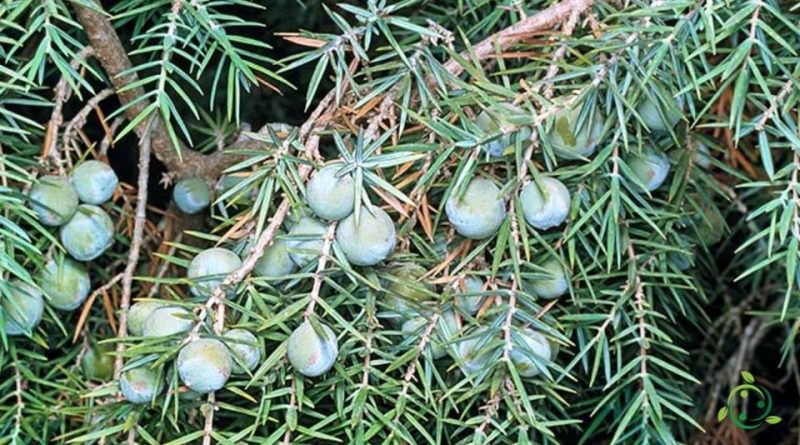How cade juniper is grown
How cade juniper is grown
The cade juniper (Juniperus oxycedrus L.) is a shrubby plant, present in Italy, of the Cupressaceae family. It is a characteristic species of the Mediterranean scrub.
Its reproductive structures are made up of galbuli, which derive from the enlargement of the fertile bracts of the cone, initially greenish-yellow in color, dark reddish maturity, pruinose or not, globose to pear-shaped, with a diameter from 8 to 15 mm, generally containing 3 oblong-ovoid seeds with roughly triangular section, slightly compressed, 6-8 x 4-4.5 mm, brownish, with a rough and opaque face and a pale and slightly shiny face.
Cultivation –
The cade juniper is a very hardy plant that adapts to many climates.
However, it is a plant that needs exposure in a very bright place and not shaded by other plants, even if it can grow in partially shaded areas.
From a pedological point of view, Juniperus oxycedrus prefers very humid soils and adapts to almost all soils, even if it prefers those with neutral or alkaline pH.
Irrigation is only necessary in the first two years of life, especially in the summer, after which the plant, thanks to its root system, is able to vegetate well even in the summer as it is a plant that is not only heliophilic but also xerophilic.
It is a plant that can be placed in areas of the garden, even if not large, in bright flower beds with flowering plants to form colored borders.
Uses –
From the stem of Juniperus oxycedrus a precious, dark and fragrant wood is obtained, hard to work. In Italy, cutting is prohibited.
It also provides a vegetable tar still used today in local skin diseases, incorporated in ointments.

